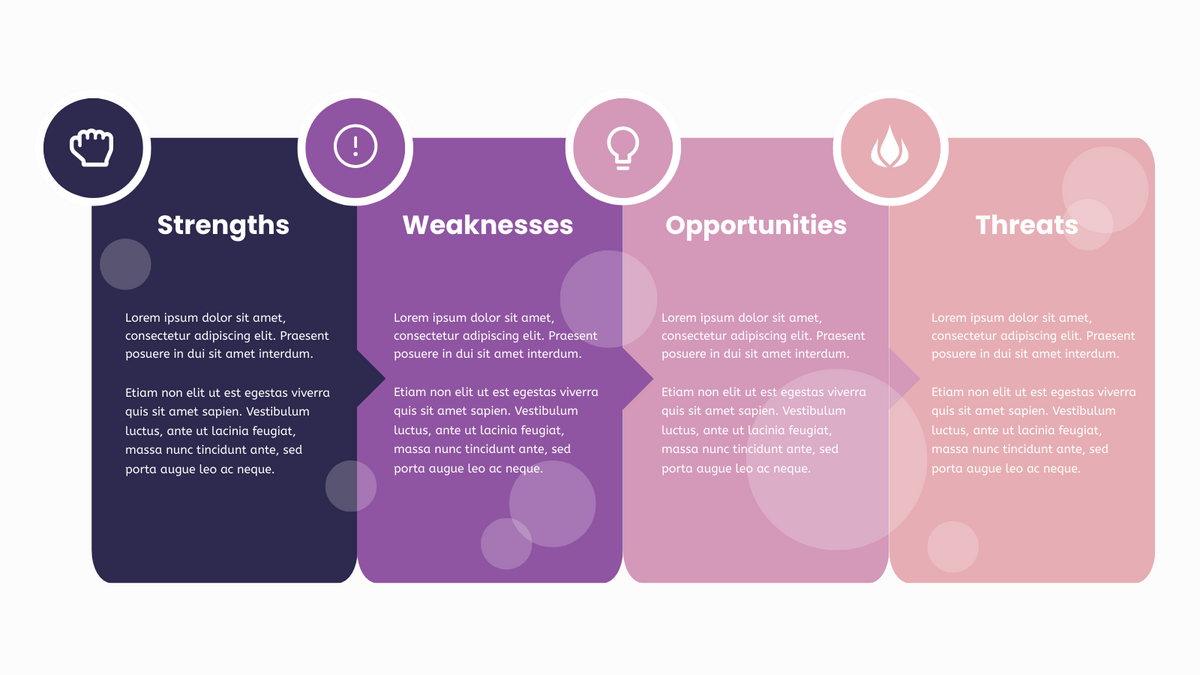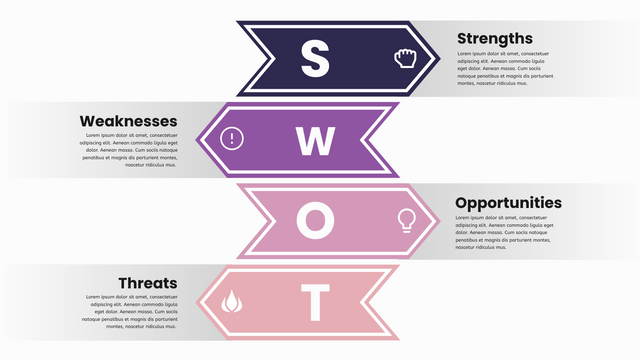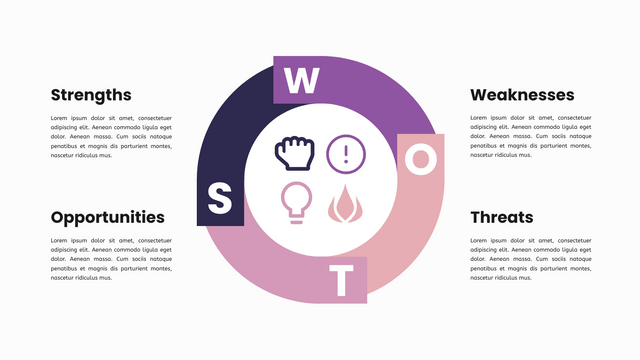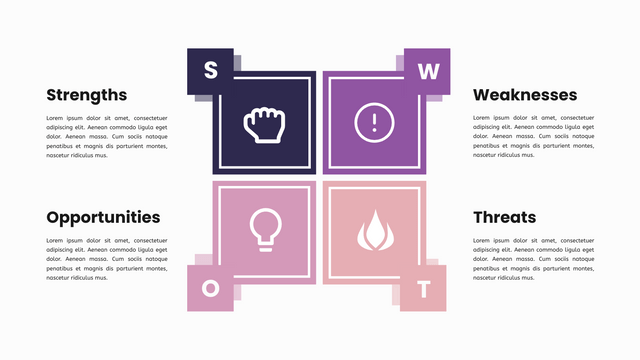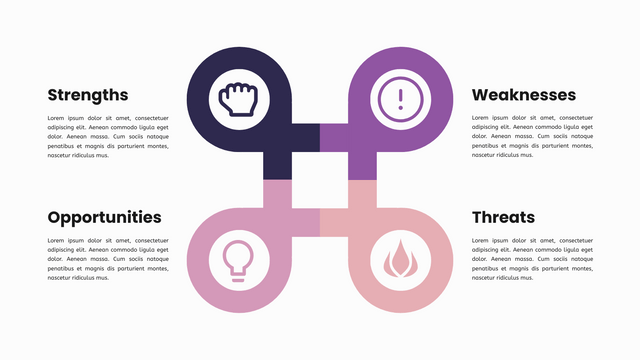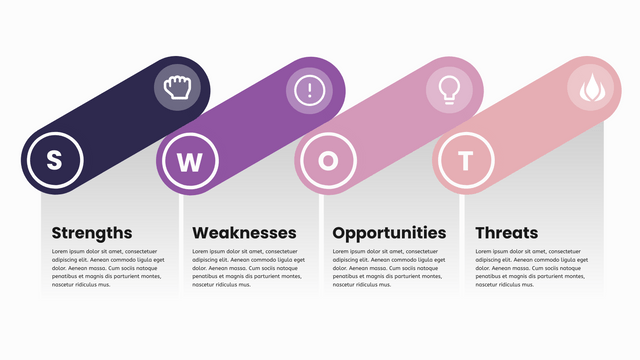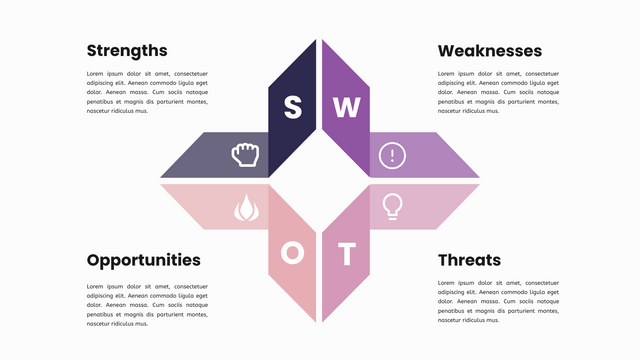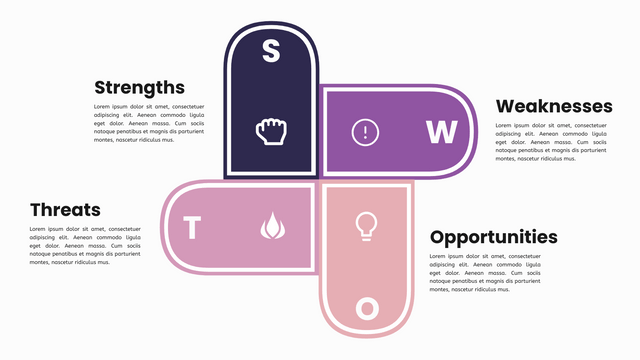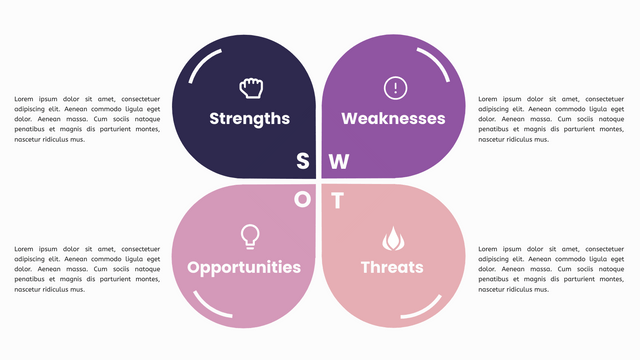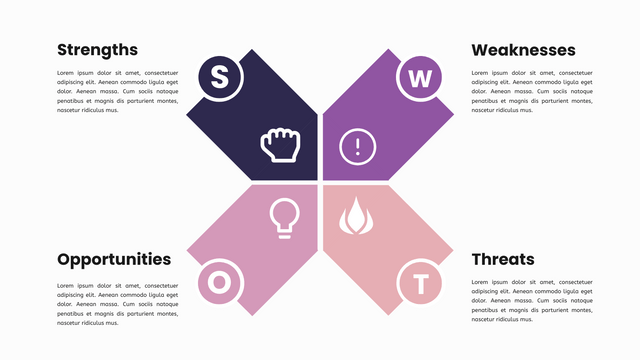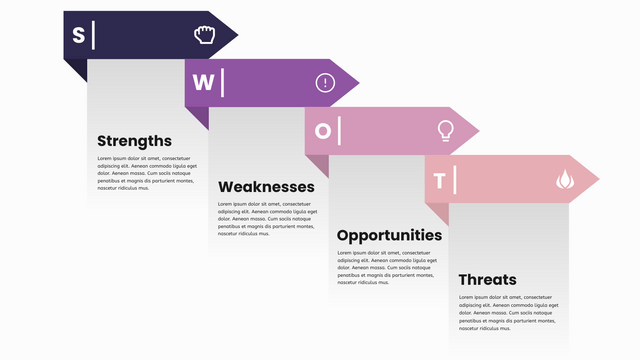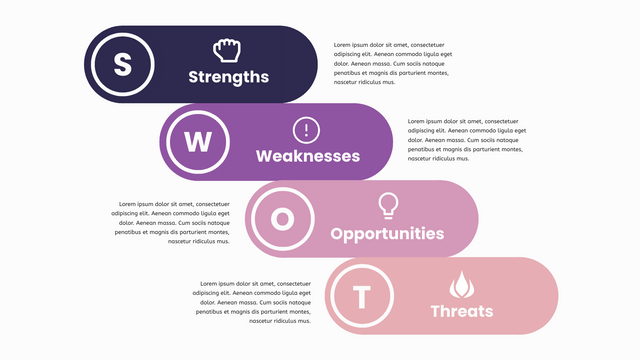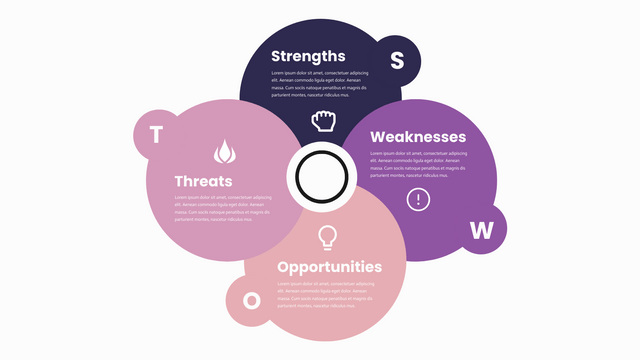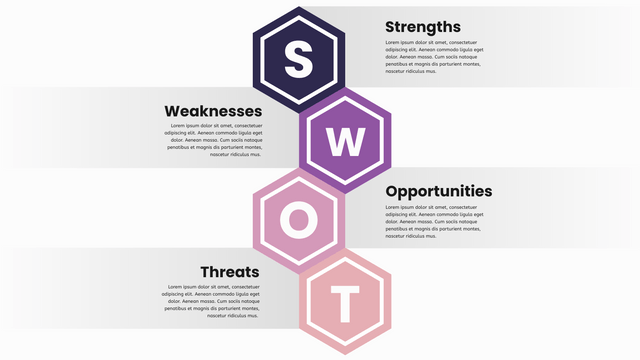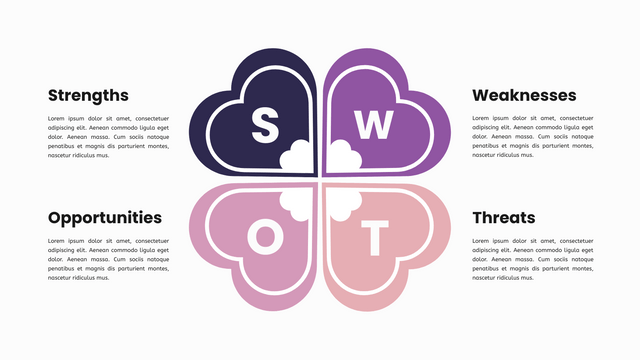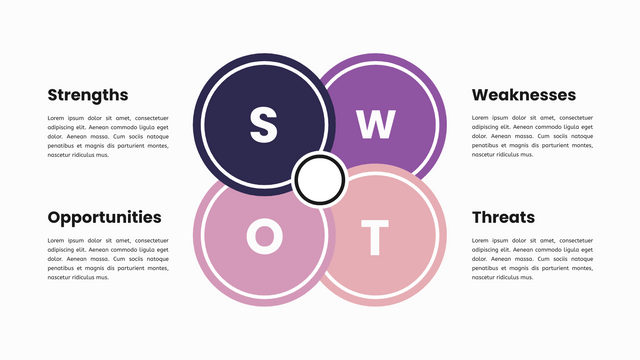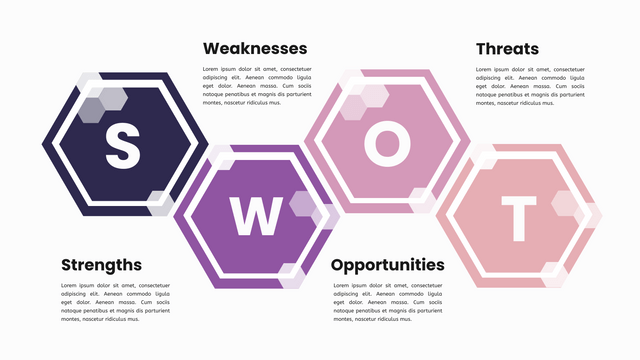SWOT analysis is a tool to record the company's internal strengths (S) and weaknesses (W) and external opportunities (O) and threats (T).

You can use this information in business planning to help achieve your goals. To find out if there are internal or external factors, ask yourself whether it will exist even if your business does not. If so, then this is an external factor (such as new technology).
Performing SWOT Analysis in 8 Steps
Decide the goals of your SWOT analysis - In order to make the most of SWOT analysis, there should be a problem or goal from the beginning.
Research your business, industry and market - Before starting SWOT analysis, you need to do some research to understand your business, industry and market.
List the strengths of your business - The first step is to identify and list what you think is the advantage of your business.
List the weaknesses of your business - List the things you think are weaknesses (even if your business is at a disadvantage).
Make sure you address the weaknesses identified in the SWOT analysis.
List potential opportunities for your business - Consider possible external opportunities for your business. Opportunities may include new technologies, training programs, partnerships, diversified markets, and government changes.
List potential threats to your business - List external factors that may become threats or cause business problems. Examples of threats may include rising unemployment, increased competition, rising interest rates, and uncertainty in global markets.
Determine priority from SWOT - After completing the above steps, you will have 4 separate lists. Ideally, these lists can be displayed side-by-side so that you can fully understand how your business is running and the problems you need to solve.
